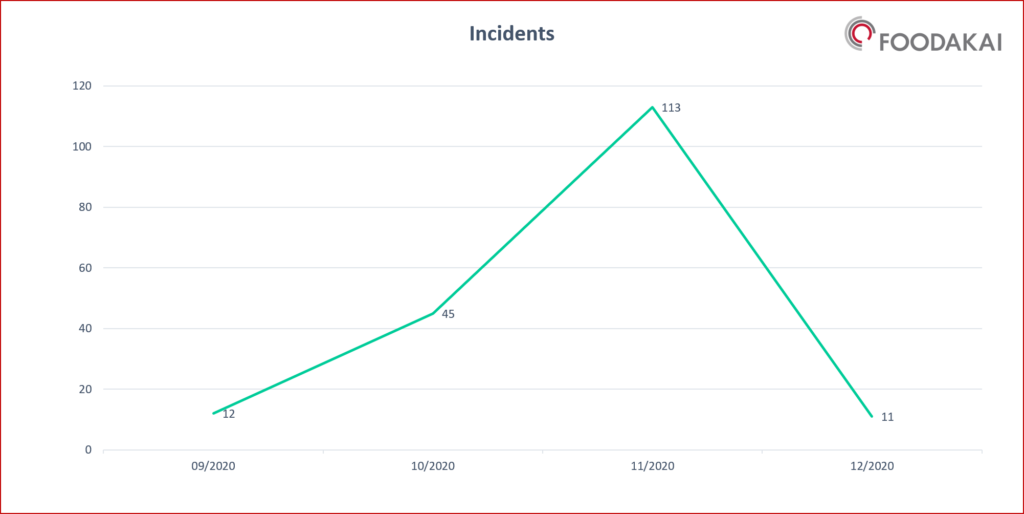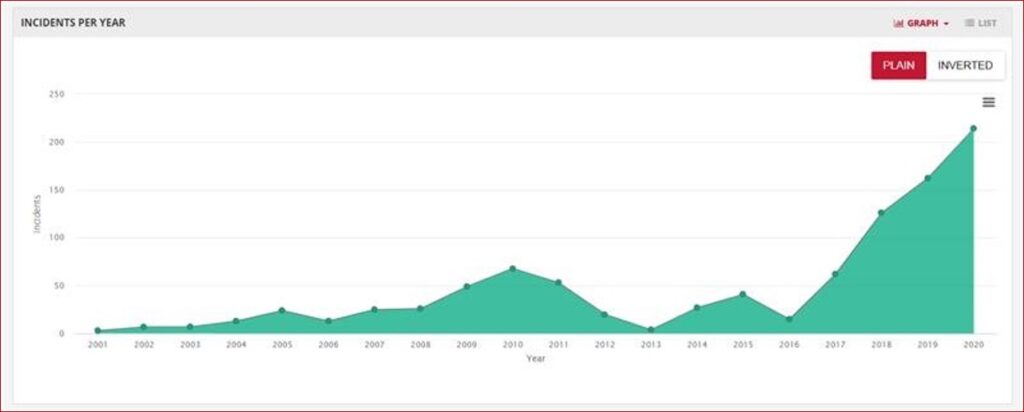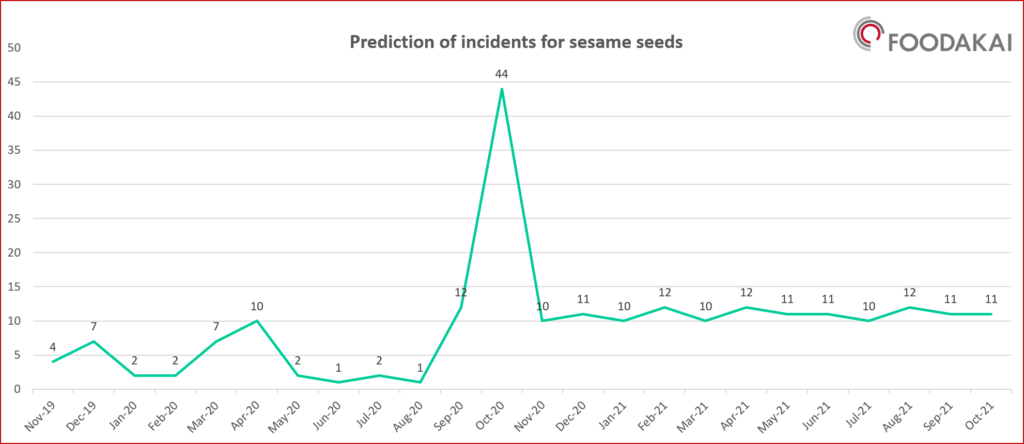When working as a Food Safety professional, it is very challenging to deal with risk assessment. It is a vital yet complicated task that provides Food Safety and Quality Assurance teams with essential information for the decision-making process. But what about emerging risks? Risks, which are new and unexpected – in terms of ingredients, suppliers, or even new forms of adulteration and fraud – of which the food company is not aware.
EFSA defines an emerging risk as: “A risk resulting from a newly identified hazard to which a significant exposure may occur, or from an unexpected new or increased significant exposure and/or susceptibility to a known hazard”. These new types of risks lurk in the global food supply chain, especially in the COVID-19 era, with testing and audits being limited, due to lockdowns and travel restrictions.
Not only are new risks and hazards concerning the FSQA experts, but also the outdated risks for which the suppliers do not test their produce, as a consequence of the economic pressure they face.
Furthermore, when the food company is working on brand new products and novel ingredients, historical knowledge on potential contaminants and hazards is at the very heart of the risk assessment process. On the other hand, the company often lacks these essential data.
However, imagine that an FSQA team has relevant data from the past decades available and can perform hazard analysis and risk estimation at the click of a button. This information would support critical decisions and mitigate the risk of a potential product recall that can damage brand reputation.
In the past decade, there are lots of ingredients with food safety incidents at low levels, for many years, but suddenly a rapid increase occurred.
Let’s take for example the sesame seed, a widely used ingredient in different product categories, such as snacks, bakery and cereal products.
According to FOODAKAI data, sesame seed-related food safety incidents are increasing rapidly, with new incidents happening almost every day from September to December 2020. This year, 214 sesame seed-related incidents occurred in total and the number is still increasing. Food Safety News mentions that “the presence of an unauthorized substance in sesame seeds from India has prompted a spate of product recalls across Europe. The ethylene oxide alert was first raised by Belgium in early September”.

This highly increasing trend of incidents linked to sesame seeds is due to an emerging risk of a new chemical hazard ethylene oxide that was reported by National Authorities. More than 180 recalls and border rejections have been reported in the last two months for the use of the unauthorized biocide in sesame seeds that are produced in India (figure 1). The use of ethylene oxide as a plant protection product is prohibited under EU regulation but it is used in U.S. by the spice industry to reduce the microbial load.
Historically, there has been an increase in sesame seed-related incidents from 2010 to 2019, based on officially reported and announced sesame seed product recalls and border rejections.

Additionally, the top hazard category during the last decade was biological, followed by chemical incidents, which together account for 94.99% of all incidents reported.

A further analysis on biological hazards shows that Salmonella was the top hazard in sesame seed in the past decade, followed by enterobacteriaceae, moulds, faecal streptococci and Bacillus spp.
For chemical hazards the analysis shows that pesticides and mycotoxins exceeding the official limits are the top hazards.
Using the historical data for the hazards that are reported in the global supply chain, we can proceed to the prediction of emerging risks for ingredients like the sesame seed. The following diagram presents the predicted evolution of the risk for the ethylene oxide in sesame seeds for the next 12 months.

Having direct access to emerging hazards can help Food Safety and Quality Assurance teams to prepare internal procedures for incoming materials and ingredients and enable adaptive laboratory testing and compliance protocols. New risks are detected every day, so it is essential to be alert of such incidents referring not only to the company’s ingredients and raw material of high importance, but also to the entire industry.
A cloud-based platform that gathers all this information and transforms it into actionable data can offer the ideal solution to this problem. Such risk monitoring and assessment platforms can become an everyday tool for FSQA professionals who are eager for immediate and accurate information via daily alerts and want deep hazard analysis, supplier check and risk estimation in no time.
The early identification of emerging risks like the case of ethylene oxide, helps Food Safety and Quality Assurance teams to activate the correct measures for suppliers and products in order to prevent a food recall. Preventive measures include the request of certificate of analysis on the ingredient at risk and focused audits for the suppliers that are affected by the emerging risk.
If you’d like to discover how FOODAKAI can help your Food Safety & Quality team prevent product recalls by monitoring & predicting risks, schedule a call with us!

